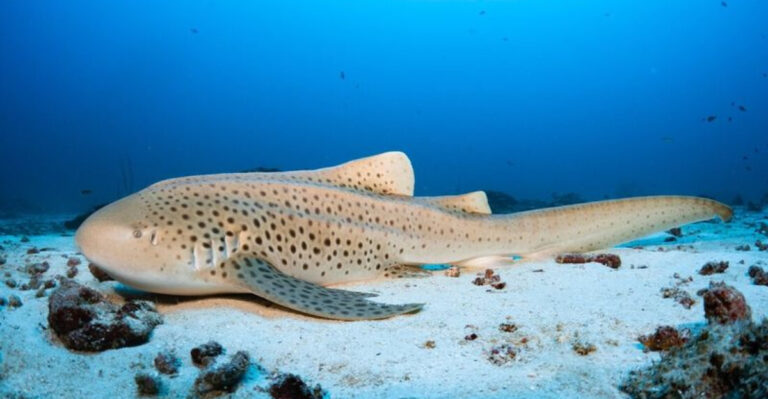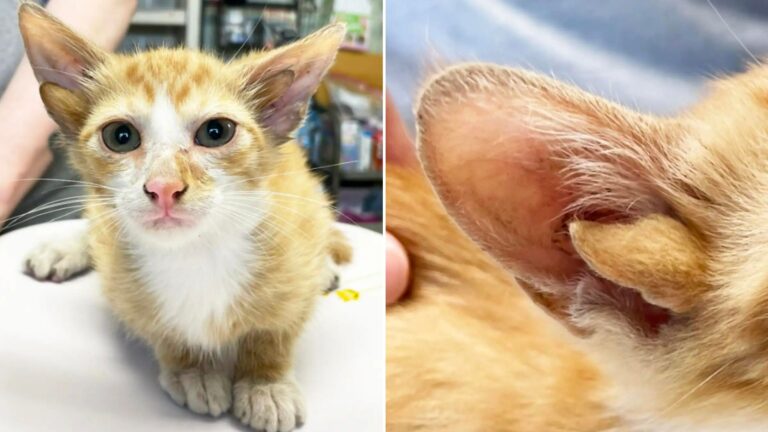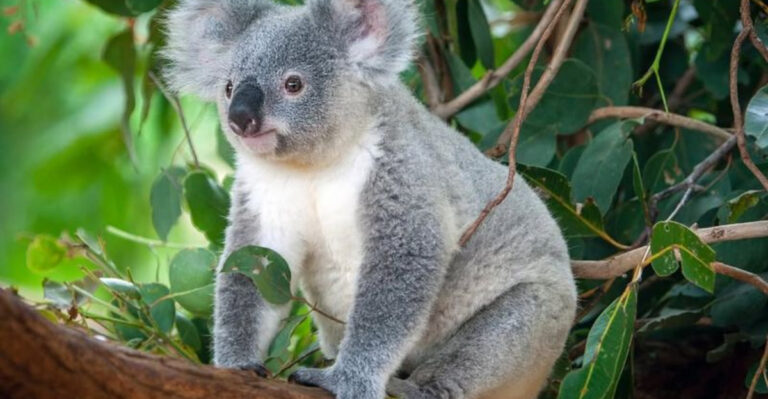15 Reasons Why Coral Reefs Are Bleaching Faster Than Ever
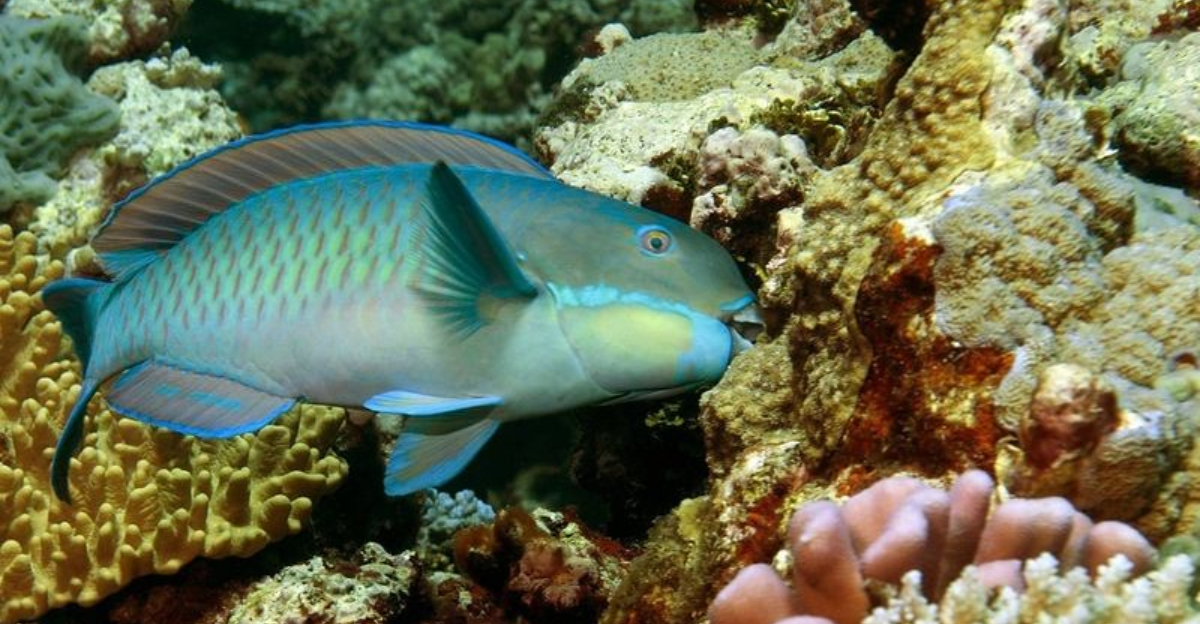
Our oceans’ rainforests are in trouble. Coral reefs, home to 25% of all marine species, are turning white and dying at alarming rates worldwide.
This process, called coral bleaching, happens when stressed corals expel the colorful algae living inside them. The beautiful underwater ecosystems we’ve known for generations may disappear in our lifetime unless we understand what’s causing this crisis.
1. Rising Ocean Temperatures
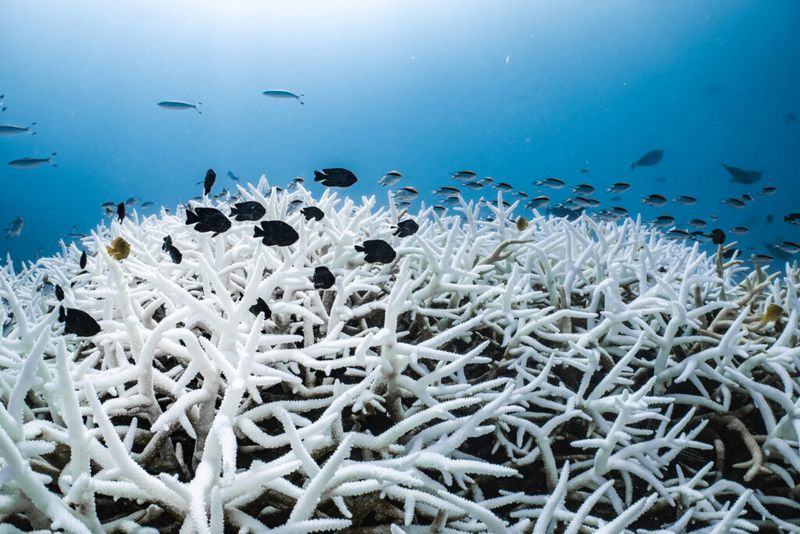
The ocean has absorbed over 90% of excess heat from greenhouse gas emissions. When water gets too warm, corals become stressed and kick out their colorful algae roommates, leaving behind ghostly white skeletons.
Just a 1-2°C increase above normal summer temperatures can trigger mass bleaching. Sadly, marine heatwaves now happen more frequently and last longer than ever before.
2. Ocean Acidification
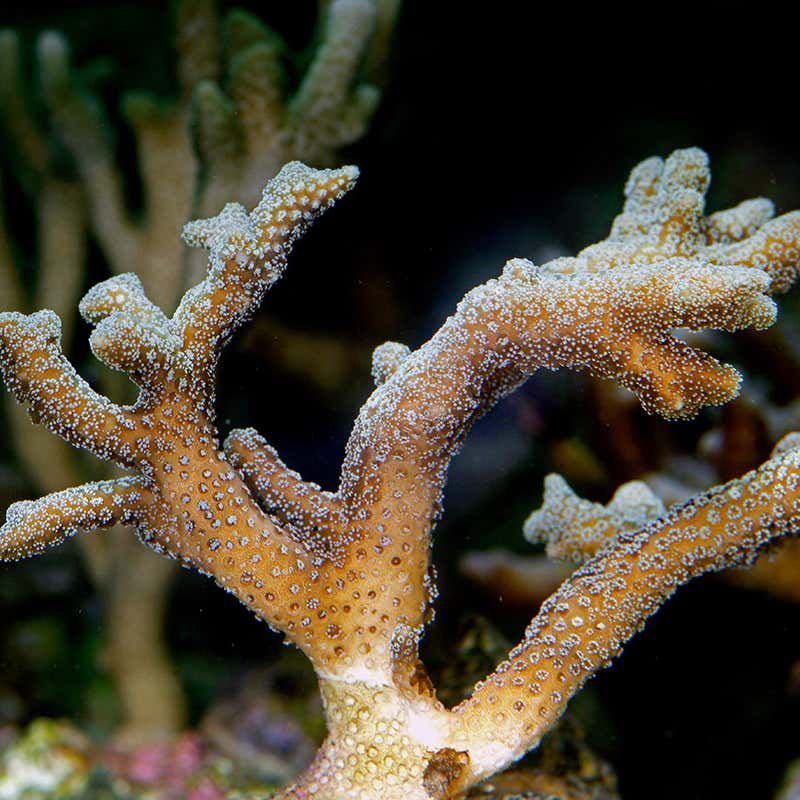
As we pump more carbon dioxide into the air, about 30% dissolves into seawater, creating carbonic acid. This chemical reaction lowers the ocean’s pH, making the water more acidic.
Acidic conditions make it harder for corals to build their calcium carbonate skeletons – like trying to build a sandcastle while someone pours water on it. The weakened corals become more susceptible to bleaching under stress.
3. Pollution Runoff
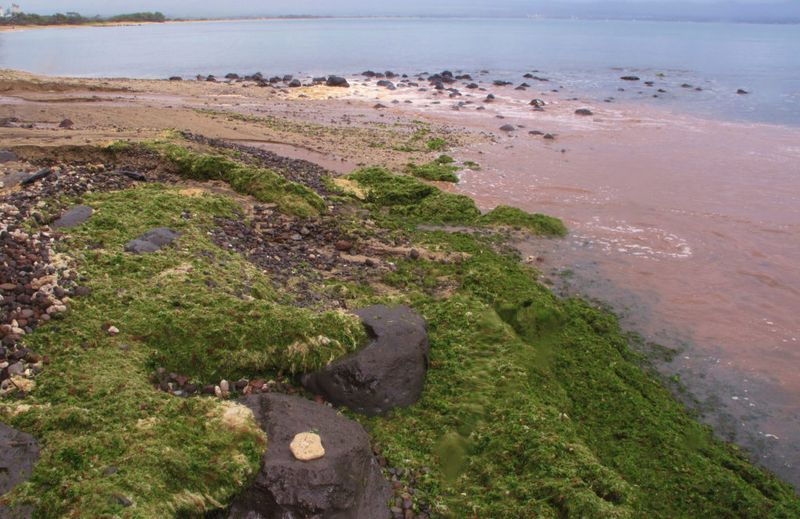
Fertilizers, sewage, and chemicals from coastal areas wash into the ocean during rainstorms. This toxic cocktail delivers excessive nutrients that trigger algal blooms, blocking sunlight and depleting oxygen that corals need.
Urban development near shorelines increases this runoff. Many coastal reefs near populated areas suffer from this slow poisoning that weakens their defenses against temperature stress.
4. Stronger El Niño Events
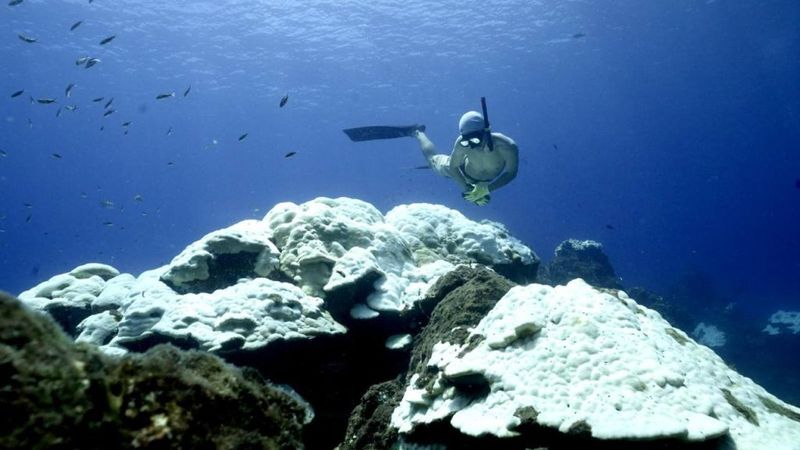
El Niño isn’t just weather news – it’s a coral killer. These climate patterns bring unusually warm water to parts of the Pacific, creating perfect conditions for mass bleaching.
Scientists have observed that El Niño events are becoming more intense due to climate change. The 2015-2016 El Niño caused the worst global bleaching event ever recorded, affecting over 70% of coral reefs worldwide.
5. Sunscreen Chemicals
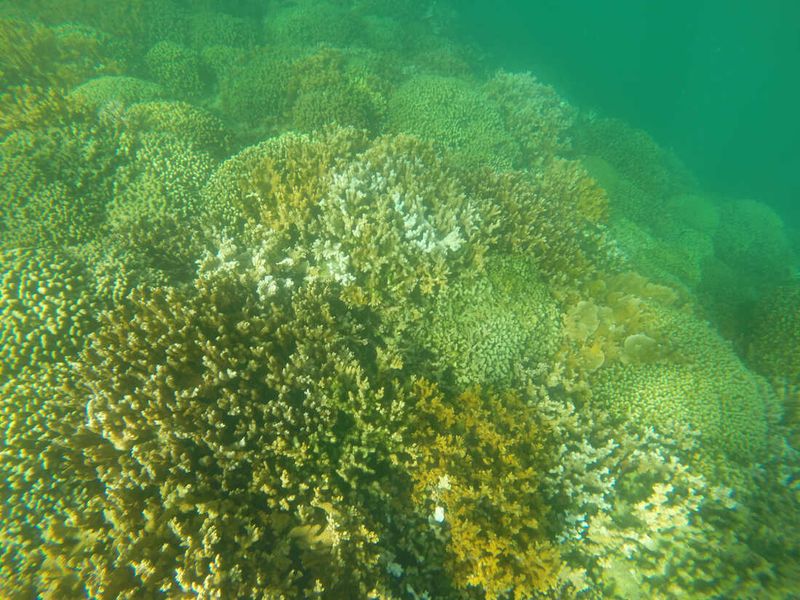
Your beach day protection might be killing coral. Common sunscreen ingredients like oxybenzone and octinoxate damage coral DNA and disrupt reproduction, even at tiny concentrations.
Just one drop of these chemicals in six Olympic-sized swimming pools can harm corals! Hawaii and places like Palau have banned reef-toxic sunscreens, but millions of tourists still unknowingly poison reefs each year.
6. Destructive Fishing Practices
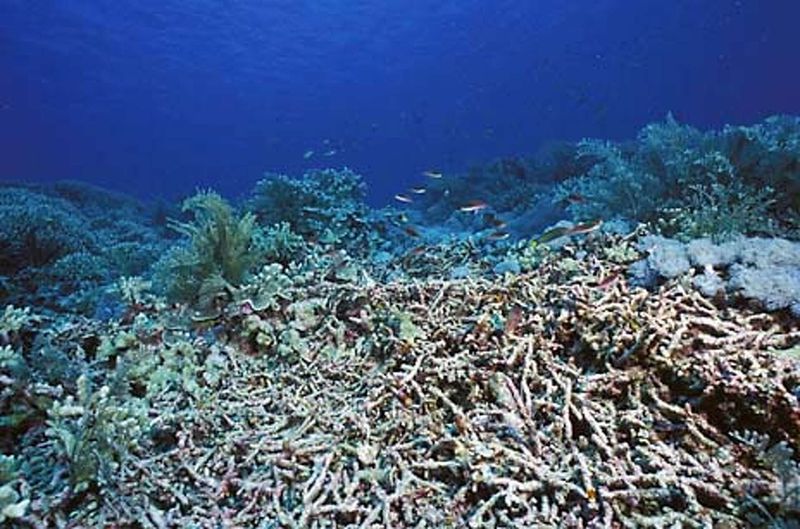
Blast fishing uses explosives to stun fish, while cyanide fishing involves squirting poison to capture live fish for aquariums. Both methods devastate reef structures instantly.
Damaged reefs have fewer fish to maintain healthy algae levels. When algae overgrow, they block sunlight and release compounds that stress corals, making them more likely to bleach during heat events.
7. Reduced Recovery Time
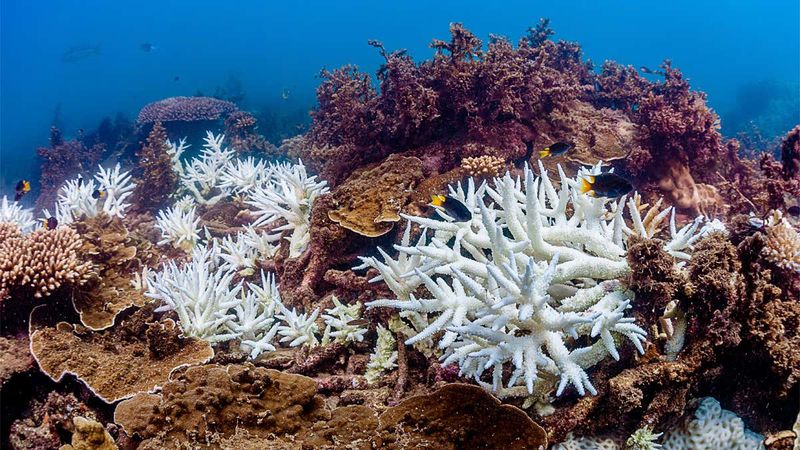
Corals need 10-15 years between bleaching events to fully recover. Modern warming patterns don’t give them this luxury anymore.
The Great Barrier Reef suffered major bleaching in 2016, 2017, 2020, and 2022 – four events in just six years! Without adequate recovery periods, each new heat stress hits already weakened coral communities, like catching the flu before recovering from pneumonia.
8. Declining Water Quality
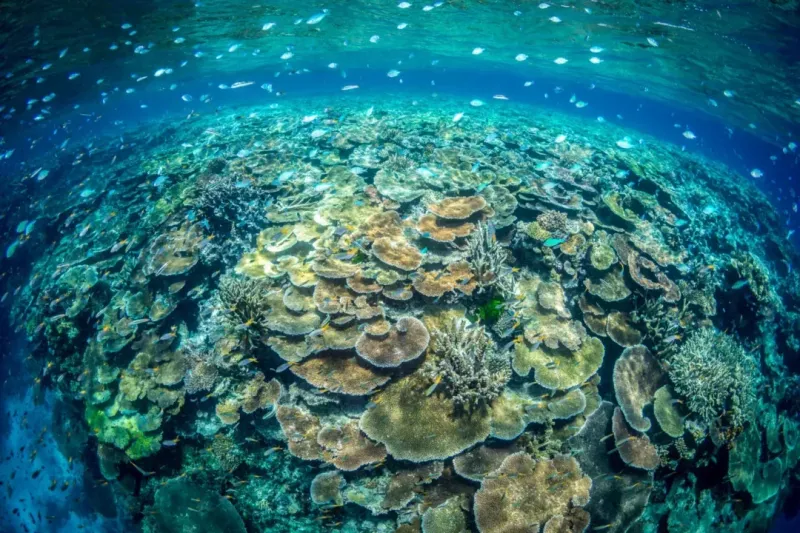
Murky water blocks sunlight corals need for photosynthesis with their algae partners. Sediment from coastal construction, agriculture, and deforestation suffocates reefs under layers of silt.
Poor visibility stresses corals as they struggle to get enough light. When combined with warmer temperatures, this double threat makes bleaching more likely and recovery harder, especially for reefs near developing coastlines.
9. Disappearing Marine Protectors
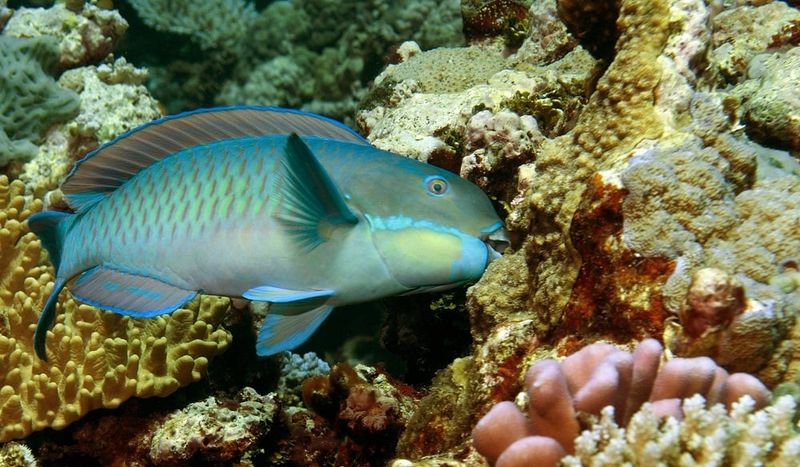
Healthy reefs need fish that eat algae, preventing it from smothering corals. Overfishing has removed these crucial “janitors” from many reef ecosystems.
Parrotfish, for example, can clean football-field-sized areas of harmful algae. Their declining numbers mean corals face more competition from fast-growing algae, especially after bleaching events when weakened corals struggle to reclaim territory.
10. Coral Disease Outbreaks
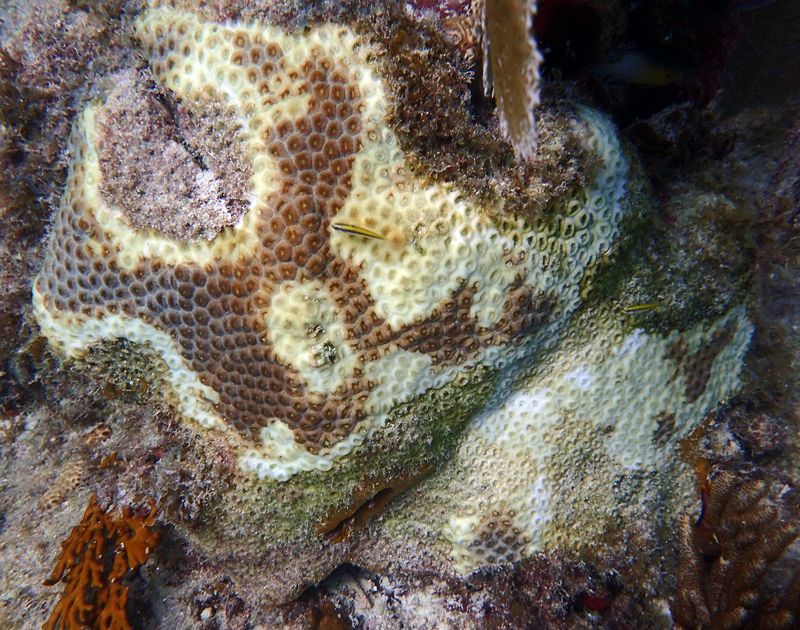
Warmer water doesn’t just cause bleaching – it helps bacteria and viruses thrive. Disease outbreaks like stony coral tissue loss disease have devastated Caribbean reefs, killing coral faster than ever before.
Stressed corals have weaker immune systems, making them more susceptible to these diseases. The combination of temperature stress and increased pathogens creates a deadly scenario where bleaching and disease reinforce each other.
11. Shipping and Boat Damage
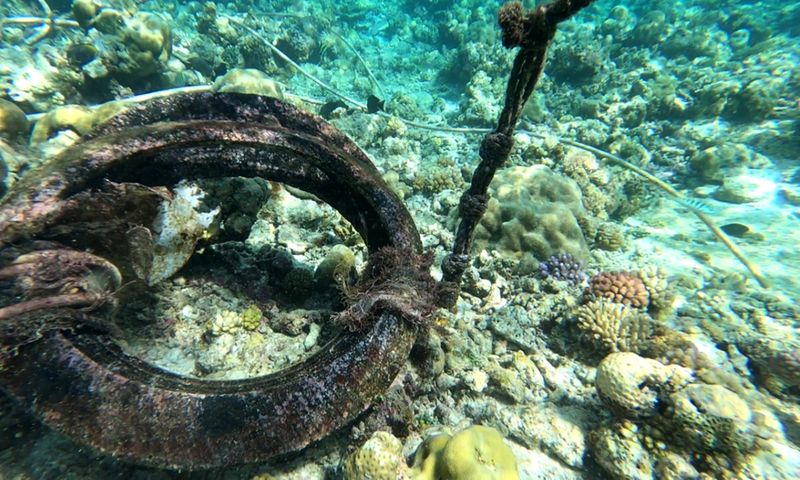
Global shipping routes often cross reef areas, with anchors and groundings causing physical destruction. One cruise ship anchor can destroy thousands of square feet of coral in minutes.
Physical damage fragments coral colonies and creates stress that makes surviving pieces more vulnerable to bleaching. Many popular tourist destinations suffer repeated damage from boats, creating a cycle of injury that prevents reefs from building resilience.
12. Invasive Species
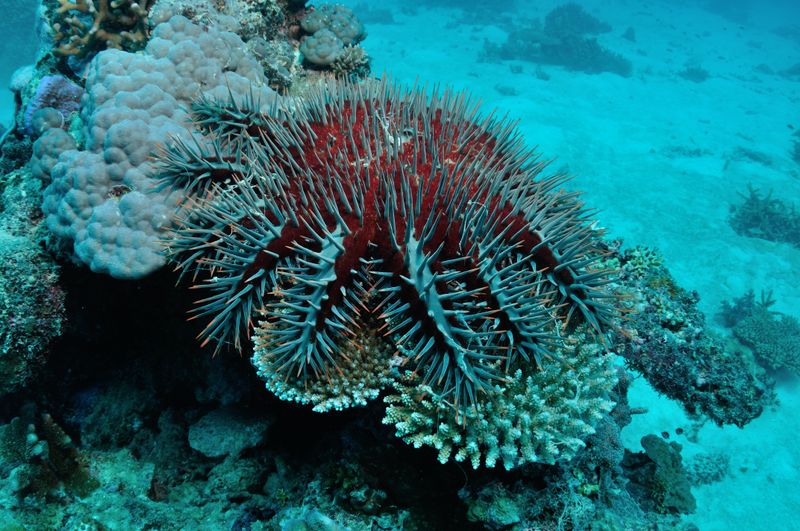
Lionfish in the Caribbean and crown-of-thorns starfish in the Pacific devour reef fish and coral polyps. These invaders reproduce rapidly without natural predators to control them.
Outbreaks create additional stress on reef ecosystems already struggling with warming waters. Crown-of-thorns starfish outbreaks have increased with nutrient pollution, creating perfect conditions for these coral-eating machines to multiply beyond normal levels.
13. Deoxygenation Zones
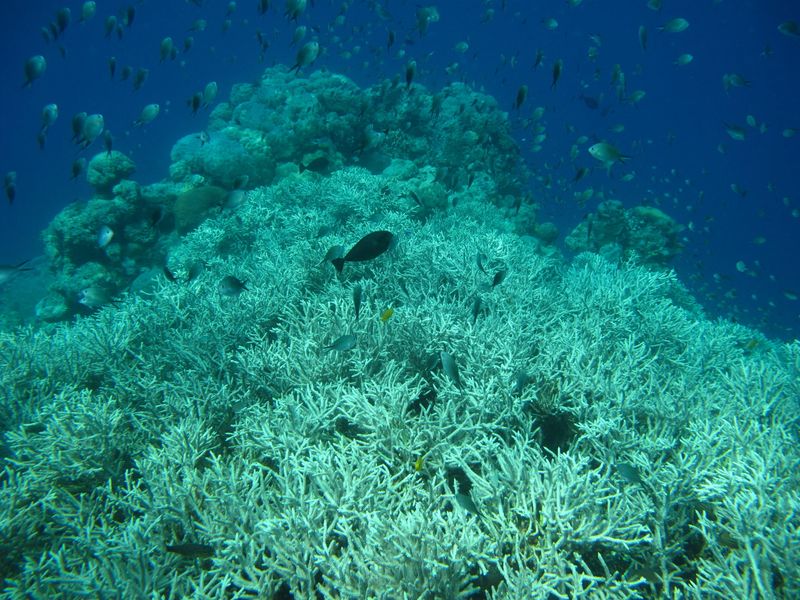
Climate change is decreasing oxygen levels in our oceans. Warming water holds less oxygen, creating “dead zones” where marine life struggles to survive.
Corals need adequate oxygen for metabolism, especially at night when photosynthesis stops. Low-oxygen conditions force corals to expend more energy breathing, leaving fewer resources to fight bleaching stress during heat waves.
14. Extreme Weather Events
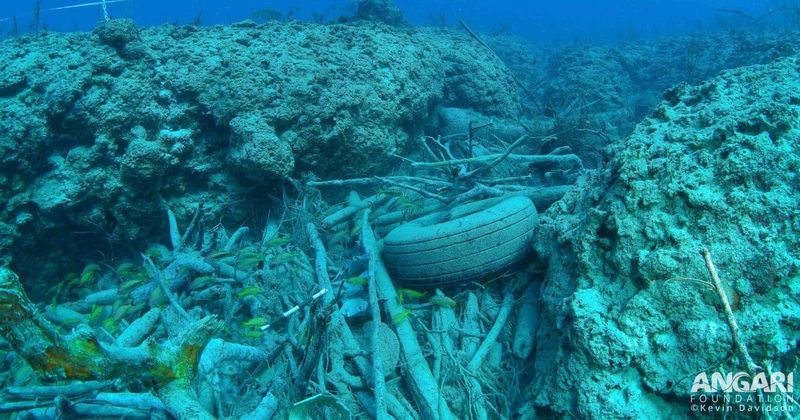
Climate change supercharges hurricanes and cyclones that pummel reefs with powerful waves and freshwater runoff. Hurricane Dorian in 2019 destroyed over 30% of some Bahamian reefs in just days.
Storm damage leaves corals with open wounds vulnerable to infection. The increasing frequency of category 4-5 storms gives reefs less time to rebuild between destructive events, making them more susceptible to bleaching.
15. Loss of Genetic Diversity
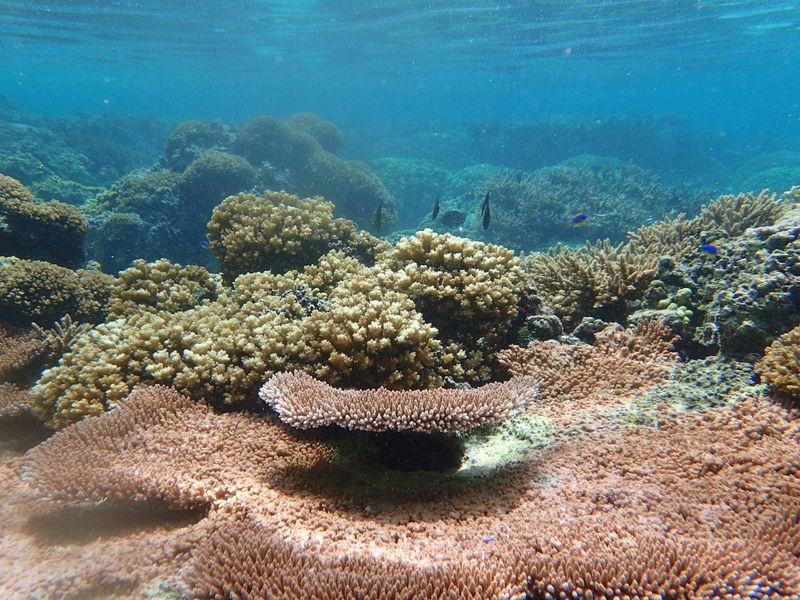
Repeated bleaching events kill the most vulnerable corals first, leaving only heat-resistant survivors. While this sounds positive, it actually reduces genetic diversity within reef ecosystems.
Lower genetic diversity means fewer adaptation options for future challenges. Think of it as an investment portfolio with just one stock – any market change could wipe out everything. Diverse reefs have more chances to adapt to our rapidly changing oceans.


